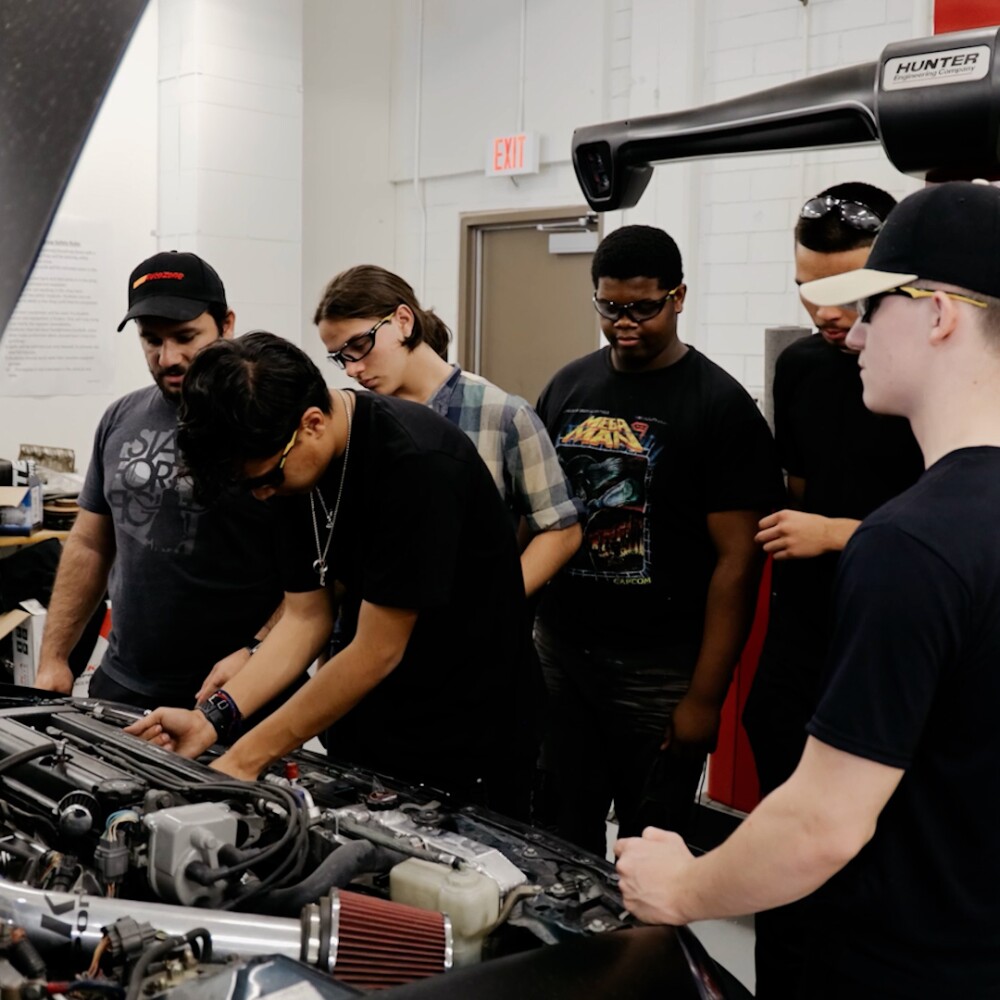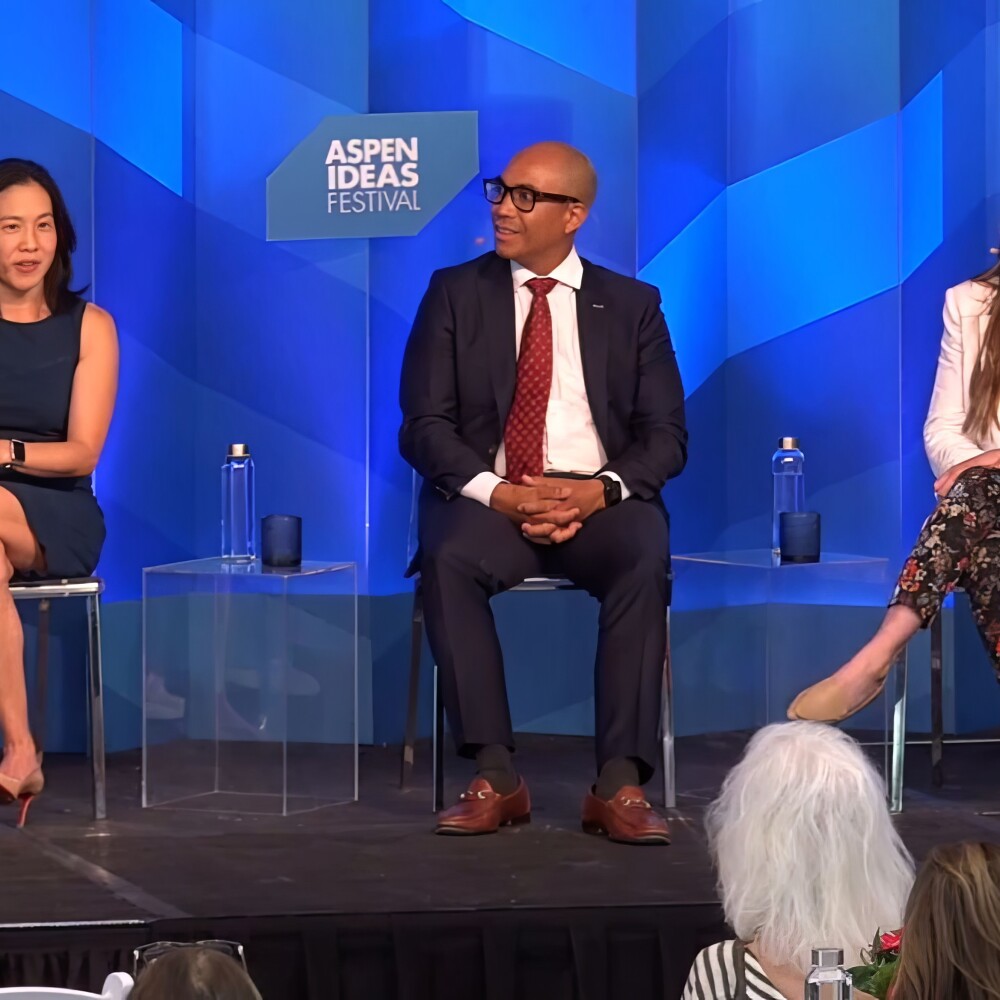NYOS Charter School, which is short for Not Your Ordinary School, currently has an enrollment of about 1,000 and a waitlist of about 3,000.
The Austin, Texas, public charter school would like to serve more students, says Executive Director Kathleen Zimmerman, but facilities challenges have stood in the way of expansion.
“There are opportunities to grow,” she said. “We have everything in place and everything we’d need to be able to do that, but the funding is a big challenge.”
NYOS currently has two campuses, and both are less than ideal.
The students in Pre-K through third grade are educated in modular buildings parked on a grassy field owned by a local church.
The other campus, Zimmerman says, is “not the nicest space.”
NYOS, which is one of the oldest charter schools in Texas, has a population that is similar to the the population of Austin. It’s about 35% Hispanic, 15% African American, 45% white and 35% economically disadvantaged.
Zimmerman said the school always prioritizes instruction when it faces hard decisions. That means it pays teachers competitively but skimps on facilities. The school’s theater and music classes are taught in regular classrooms. Physical education is often taught outside. When NYOS needed a science lab for elementary school students, they converted a hallway into an art and science lab classroom. Zimmerman and other administrators often vacate their own offices to make room for testing or small-group sessions.
“Kids don’t need matching bookcases,” Zimmerman said. “They need a well-trained teacher in front of the classroom. They need support.”
The executive director of the Texas Charter Schools Association, David Dunn, said fighting for better facilities regulations at the state level has been one of his organization’s top agenda items since it was founded.
“Because the state doesn’t provide any direct support for facilities, charters have to take funds out of their operational funds to pay the rent or pay the mortgage,” he said. “Charter schools are more likely not to have science labs, they’re more likely not to have full libraries or cafeterias…They’re just having to constantly make tradeoffs that potentially shortchange the students.”
NYOS’s waitlist is so long not because of its facilities but because of its philosophy and its results. Zimmerman said the school believes in year-round education and it caps its class sizes at 18. It uses “looping,” so that students have the same teacher for two consecutive years in the elementary grades. For the sixth year in a row, the school has been ranked as one of the top 10 high schools in Central Texas.
Zimmerman has been at NYOS for seven years; before that, she earned an MBA at Harvard and worked in business. But her background hasn’t made dealing with facilities issues easy.
She said pending some city council changes to local land use laws for school construction, NYOS hopes to build a permanent facility for its elementary school students — and then would like to figure out a way to expand more to meet some of the demand for her school. The school has lined up land and some of the financing necessary for the first phase of the project.
In the meantime, she said, she’s focused on making sure her school keeps giving students everything they need to thrive.
“When you have constraints, you just have to be creative about it,” she said, “You have to break out of the traditional idea of what a school campus looks like.”
Learn more about the Building Equity Initiative, a first-of-its-kind nonprofit effort to provide charter schools with access to capital to create and expand facilities.



